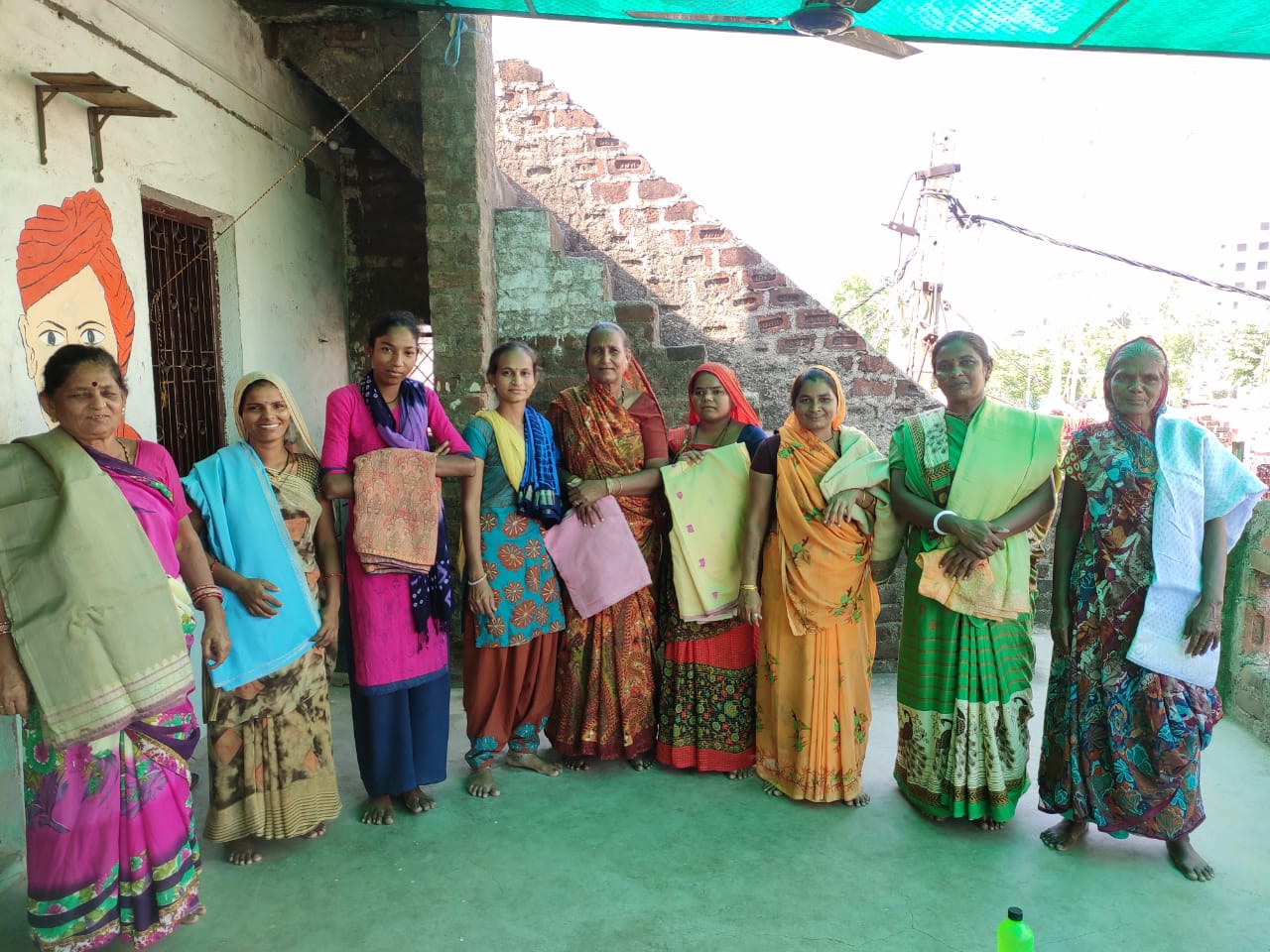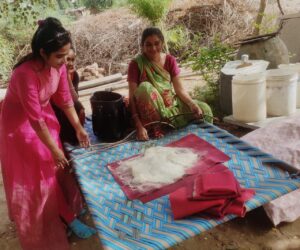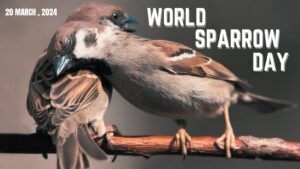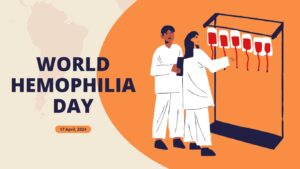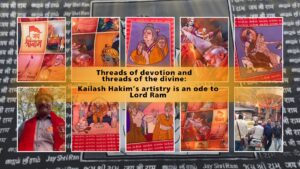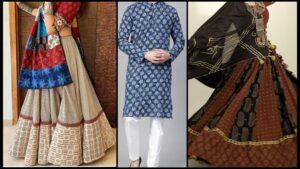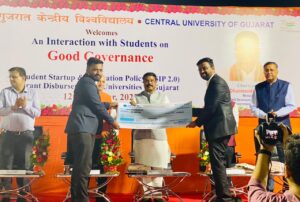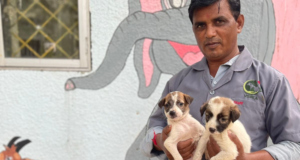Lotus silk is considered one of the most expensive and luxurious fabrics due to its labour-intensive nature and the complexities in its weaving procedure. Today, there are multiple initiatives carried out internationally, where Lotus silk weaving and fabric extractions have made breakthrough progress and innovations for textile industries and small-scale businesses.
The history of Lotus silk weaving can be traced back to the early 1900s in Myanmar. An ethnic Intha woman in Kyaing Khan village invented the process of lotus weaving. The first garment woven using lotus fibers was a Buddhist monastic robe called ‘Kya Thingan’, which was used as an offering to the local monasteries. Similarly, multiple monastic robes were then weaved out of lotus fibers to be offered to the images of Buddha. Hence, robe-weaving was first established as a tradition originating in Myanmar. There were robe-weaving competitions held across various Buddhist pagodas during the Tazaungdaing festival.
Robe-weaving tradition went extinct after the woman’s death only to be revived by her relatives who then began a co-operative to modernize this tradition. Samatoa Textiles 2003 revived this practice in Cambodia where Nelumbo Nucifera Lotus was harvested and threads were weaved out of it using traditional methods. This practice soon spread to other parts of Southeast Asia when a weaver from Hanoi introduced this practice in Vietnam in 2017.
Initially, lotus silk was used to weave monastic robes for religious purposes in Myanmar. However, today lotus silk is used to create a multitude of garments such as scarves, hats, stoles, jackets, etc. A luxury clothing company imported Burmese lotus silk to create their jacket line of clothing among others, since 2010.
BREAKTHROUGH EXAMPLES FROM SOUTH ASIA
The practice of weaving clothing garments out of lotus fibers soon spread to parts of South Asia, where with time emerged multiple variations and evolutions in its process. One such example is that of 27-year-old Bijiyashanti Tongbram from Manipur. She was one of the first women in South Asia to have learned the art of fiber extraction from the stems of Lotus flowers in order to make made clothing items
Bijiyashanti Tongbram belongs to the Thanga Tongbram village near Loktak Lake (the largest source of freshwater in North-east India). She always envisioned a successful agro-tourism project in her locality which never took shape due to a lack of resources. However, she began experimenting with spinning yarn from lotus stems to weave mufflers and neckties in 2019. She sought the help of local women in her locality and established ‘Sanajing Sana Thambal’. This start-up consists of more than 10 women, as of now.
Sanajing Sana Thambal
Lotus stems are first gathered from Loktak Lake after which the stems are broken and the fiber from the stems is pulled and expanded. The fiber is then either rolled using their palms or on a wooden plank to attain the desired size and length. The Lotus thread resembles the Muga silk thread with the only difference being the durability and strength of both treads. Muga silk is stronger than Lotus silk, albeit the end products of both threads are durable. Lotus silk thread is delicate, due to which traditional handlooms are utilized to weave them.
The fiber extracted from these stems/stalks is then produced as yarns to weave neckties, scarves, and mufflers among many others. Bijiyashanti Tongbram’s approach was first noticed by PM Narendra Modi and Manipur CM N. Biren Singh. She was praised by PM Modi on the ‘Mann Ki Baat’ radio program. Clothing items made from Lotus stem fibers have a high demand value across western nations as the weaving process is mainly carried out in parts of Southeast Asia and South Asia only so far. Bijiyashanti Tongbram’s approach has paved the way for more such innovations within India and gave rise to Lotus farming.
Sumi Haldar from Vadodara, Gujarat
A Ph.D. scholar from the Faculty of Family and Community Sciences at Maharaja Sayajirao University (MSU) in the Vadodara district of Gujarat has made the news for creating eco-friendly and soft fabrics by extracting fibers from the stems/stalks of the Lotus flower and preparing blended yarns.
Sumi Haldar, a Ph.D. scholar from MSU Baroda, currently carrying out doctoral work under the mentorship of Prof. Madhu Sharan in the department of clothing and textiles has developed a process of weaving Lotus yarn that is entirely performed naturally. She extracts fibers from the stems of pink and white Lotus flowers. The extracted fiber is completely chemical-free, which is then blended with cotton and silk to create the final fabric. This fabric is eco-friendly, soft in texture, and contains antibacterial elements, making it the perfect choice and an advantage for the consumer market.
With the access of this approach, she has now launched a 3-month training program where around 10 women are taught to employ this process of extracting fibers from Lotus stems. The main objective behind this activity is to generate employability, and women empowerment, increase sustainability and promote eco-friendly and homegrown products.
With the current need to conserve and preserve the environment against the incoming threats of climate change, it is of utmost importance that we conserve the resources we have and embrace an eco-friendly lifestyle. Moreover, such initiatives also help small-scale industries and home-based local businesses generate employability among the rural population as well as facilitate skill development among women.
— An article by Shreya Raolji

